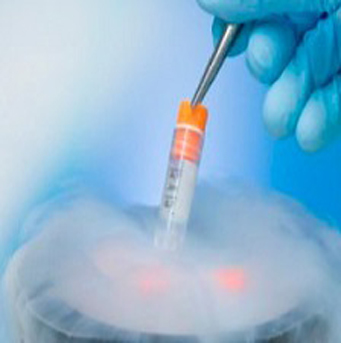
What is Frozen Embryo Transfer (FET) ?
A frozen embryo transfer (FET) is a cycle where embryos which were frozen in the previous fresh IVF cycle are thawed and transferred into a woman's uterus. This avoids the need to undergo another cycle of hormone stimulation and egg collection.
Why choose Frozen Embryo Transfer (FET) ?
Cryopreserving embryos for the future presents several advantages, including greater savings, access and convenience.
Blastocyst Development : embryos which grow up to 5 days are healthiest embryos that survive, for selection . 5-day old blastocysts are more likely to develop like organically developed embryos of a natural fertility cycle. As a result, the likelihood of implantation and pregnancy increases.
Is Frozen Embryo Transfer (FET) Right for me ?
In vitro fertilisation (IVF) journey, it's as important to be patient as it is to be positive. One of the reasons that healthy embryos fail to implant is a mismatch between their stage of growth and that of the endometrium. This could be because of high hormone levels or an array of other factors. Freezing embryos and transferring them in a subsequent cycle into an appropriately prepared endometrium offers superior pregnancy rates. Alternatively, you may choose to freeze your embryos if you plan on expanding your family further a few years down the line. The success rate of frozen embryo transfer (FET) is 60%, as compared to 40%, of fresh embryo transfers.
Here are some of the risks involved :
Embryo Damage :
Embryos are volatile and susceptible to damage when they are thawing, and that's where the risk lies.
Death of Cells
An embryo is made up of tons of cells, and sometimes, the thawing process could destroy some of them. However, a 100-cell embryo can generally withstand such weathering, and still be strong enough to survive inside the uterine cavity.
